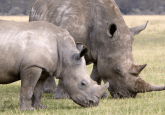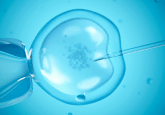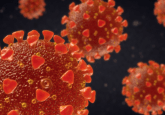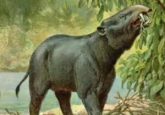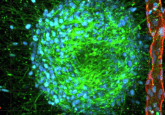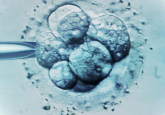Back from the brink
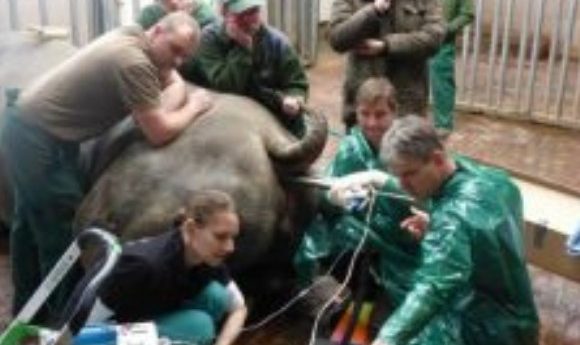
Hybrid embryos could bring the northern white rhinos back from near-extinction.

Ovum pick-up from the southern white rhino. Credit: Leibniz-IZW
An international team, including researchers from Leibniz IZW (Germany), Avantea (Italy) and Safari Park Dvur Kralove (Czech Republic), has managed to create hybrid embryos from the northern and southern white rhino (NWR/SWR). The results, published in Nature Communications, are the first time these in vitro blastocysts have been reported.
In theory, viable hybrid embryos can be produced in vitro using the eggs of the SWR and the sperm of a NWR. However, the practicalities of this are not always easy.
To extract the eggs the team adapted a method from a reproductive technique typically used for horses. They used a 2 meter-long device to extract oocytes from rhinos. Ultrasound is used to guide the device, and when an egg is identified, a needle punctures the ovary wall and collects it.
The oocytes for this experiment were collected from captive SWR females from across Europe and were processed at Avantea, Cesare Galli from Avantea explains the work done on the oocytes using their world-renowned assisted reproduction technologies:
“In our lab we were able to develop procedures to mature the oocytes, fertilize them by intracytoplasmic sperm injection (ICSI) and culture them. For the first time we had rhino blastocysts – an early stage of an embryo – developed in vitro, similarly to what we do routinely for cattle and horses.”
To ensure that the embryos can be transferred into surrogate rhinos in the future the embryos are cryopreserved as Director of International Projects at the Safari Park Dvur Kralove, Jan Stejskal explains.
“For fertilization, the cryopreserved semen from deceased NWR males was used. The successful development of a hybrid embryo is a major step towards the first birth of a Northern White Rhino through artificial reproduction techniques. Already, a half of the hybrid embryo genetic information comes from the NWR.”
This hybrid solution is, however, slightly restricted in its success by the sad fact that only two female NWRs remain and the sperm comes from only four males. This prohibits the generation of the necessary genetic diversity for a healthy self-sustaining population.
The group have a plan to develop gametes through stem cell technology to help solve this problem, as Sebastian Diecke, stem cell expert at the Max Delbrueck Center for Molecular Medicine in the Helmholtz Association (Berlin, Germany), and Katsuhiko Hayashi, stem cell expert at the Department of Stem Cell Biology and Medicine, Kyushu University (Japan) explain.
“In the future our goal is to produce in vitro primordial germ cells from iPS cells (induced pluripotent stem cells) obtained from somatic cells, cryopreserved in the past, of several NWR individuals. In a second step these germ cells will then be transformed into eggs and sperm.”
This research will work in combination with reproductive methods to hopefully provide a blueprint on which future efforts to save the NWR can be based on.
